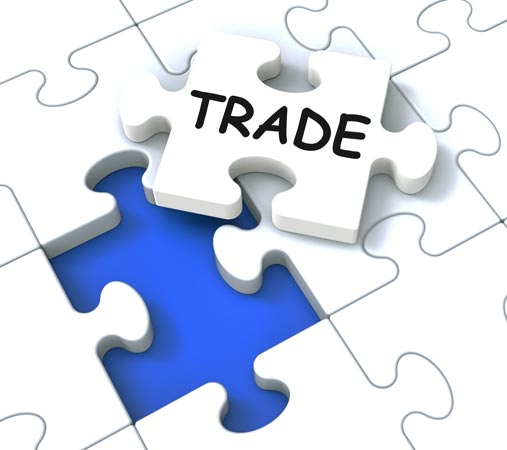The US government’s plan to impose 25% tariffs on imports from China across 1,333 product lines creates risks and complications for affected companies, and could be disruptive for regional and global supply chains, but the direct financial impact on Fitch-rated corporates in APAC is likely to be limited, says Fitch Ratings.
The announced tariffs cover around USD50 billion of Chinese exports, which we estimate would not have a significant effect on the Chinese or global economy. Subsequent and escalating tariff proposals by the Chinese and US governments have increased the risk of a full-blown trade war, and in that event the impact on APAC corporates would be more significant. However, we still believe a negotiated solution is most likely.
Televisions, printers, electronic components and motor vehicles are notable products covered by the US’s initial tariffs – in terms of the value of Chinese exports to the US. The importance of the US as an export market varies across these products. Almost one-third of China’s television exports and 28% of its motor vehicles exports are sent to the US. At the other end of the scale, only 8% of semiconductor shipments and 14% of electrical circuit apparatus go to the US, which should soften the impact on technology companies. Component manufacturers could be affected indirectly by a decline in exports of final products, although the list tended to avoid those products to limit the impact on US consumers.
Companies reliant on products included in the chart – particularly those toward the top – could be the most at risk, at least as far their exports are concerned. That said, the domestic market is more important than exports for many companies with operations in China, particularly Chinese firms. The domestic sales of Chinese automakers dwarf their exports, for example. The US is an important growth market for Hikvision – the only publicly Fitch-rated Chinese technology company likely to be affected by the tariffs directly – but around 70% of its external sales go to domestic customers.
Most Fitch-rated Chinese industrial companies do not export much to the US. Exports account for around half of Midea’s sales, but most go to emerging markets. The impact on Chinese clean-energy companies is likely to be minor. Wind-powered electric generating sets were included on the tariff list, but US imports from China were worth just USD36 million in 2017. Technology barriers have made it difficult for Chinese wind-turbine companies to enter the US market.
Foreign-owned Chinese exporters might be among the most affected by the tariffs. They accounted for 31% of exports last year, and joint ventures another 12%. These figures reflect China’s central role in regional and global supply chains, which could be disrupted by the tariffs.
Companies with the capacity to increase production outside of China might benefit from a shift in US demand, as the tariffs will boost their competitiveness relative to firms that rely on Chinese operations. This could be the case for Asian television manufacturers, such as Korea’s Samsung and LGE, which make most of their televisions in Mexico, Vietnam and Korea. However, a drop in component sales to China is likely to offset any potential upside for these firms. Among Japanese firms, Panasonic is no longer a significant manufacturer of televisions, while Sony focuses on the premium segment where it does not compete directly with Chinese companies.
Tariffs on imports of Chinese components could create complications for manufacturers in the US, highlighting the global nature of supply chains. The credit impact would vary – sectors with global footprints might be less affected, given the ability to shift sourcing and production.

